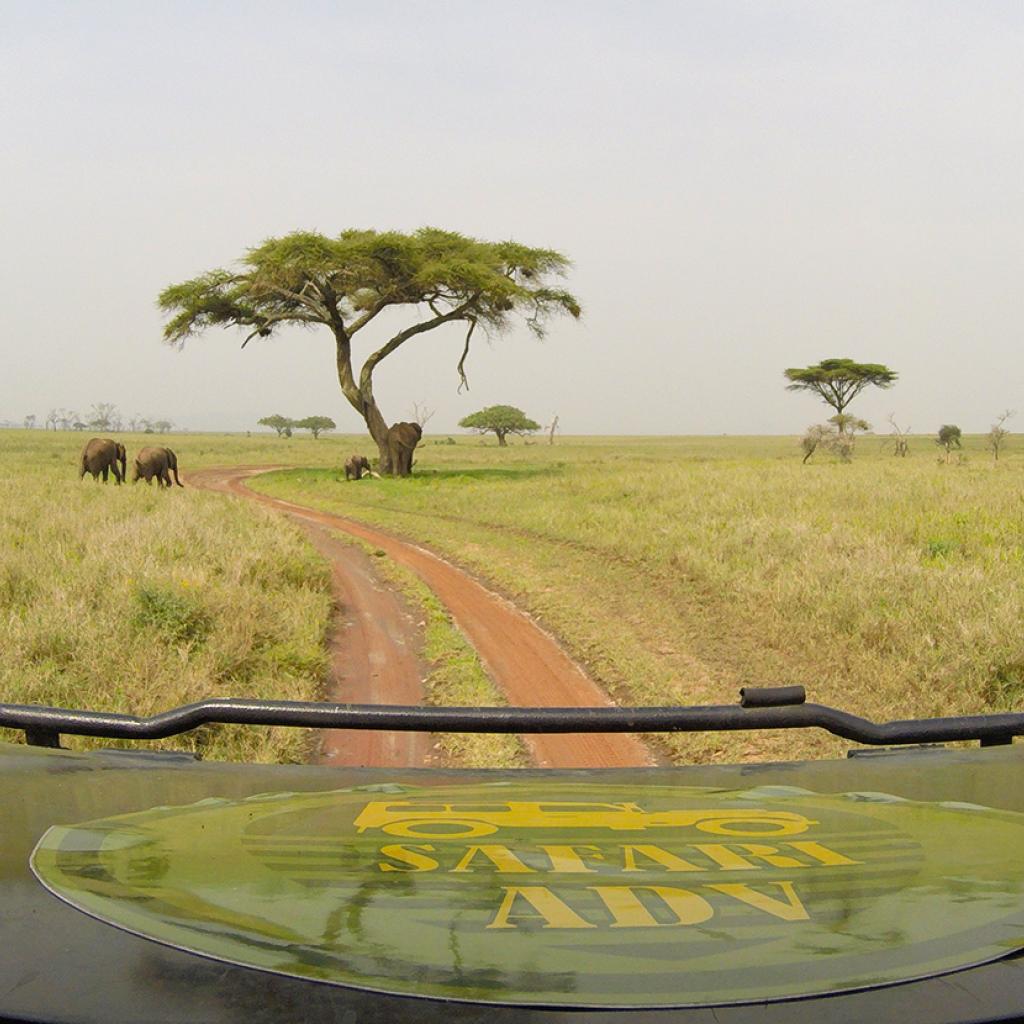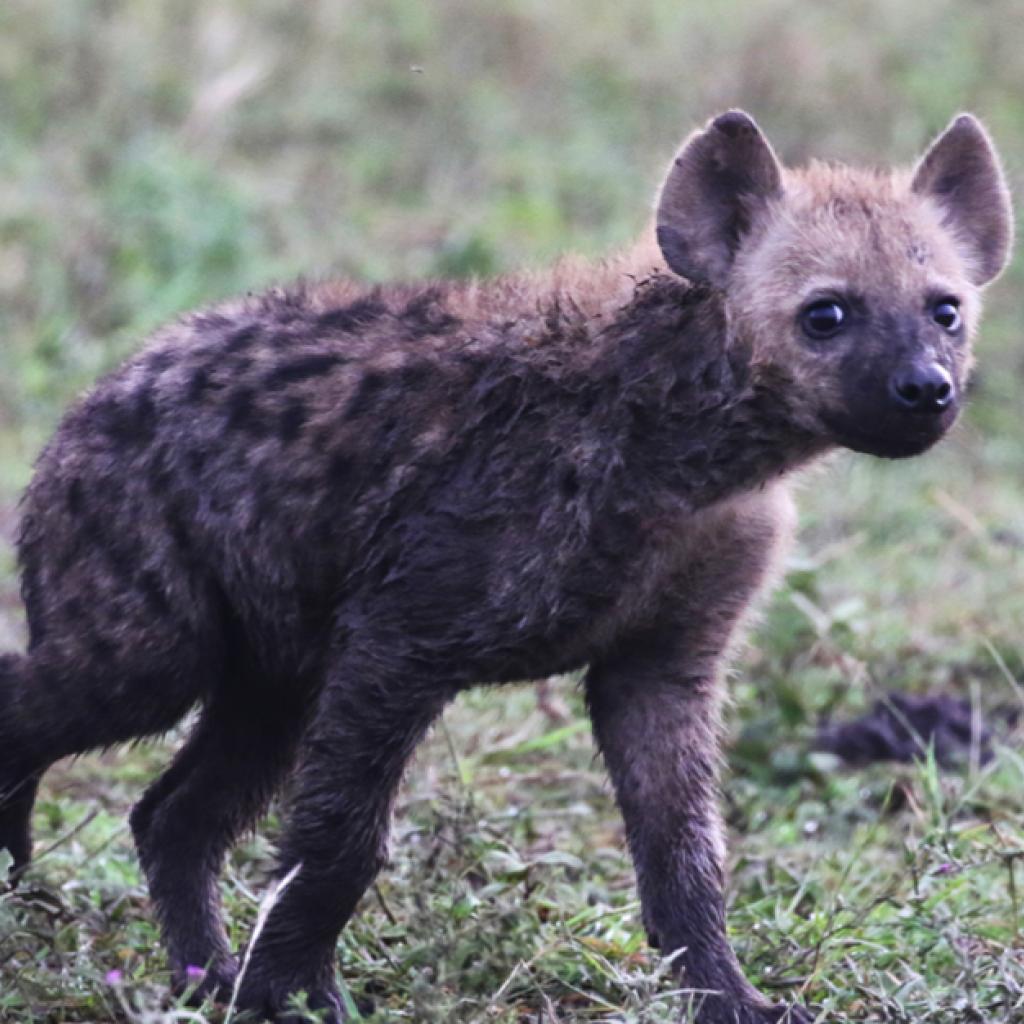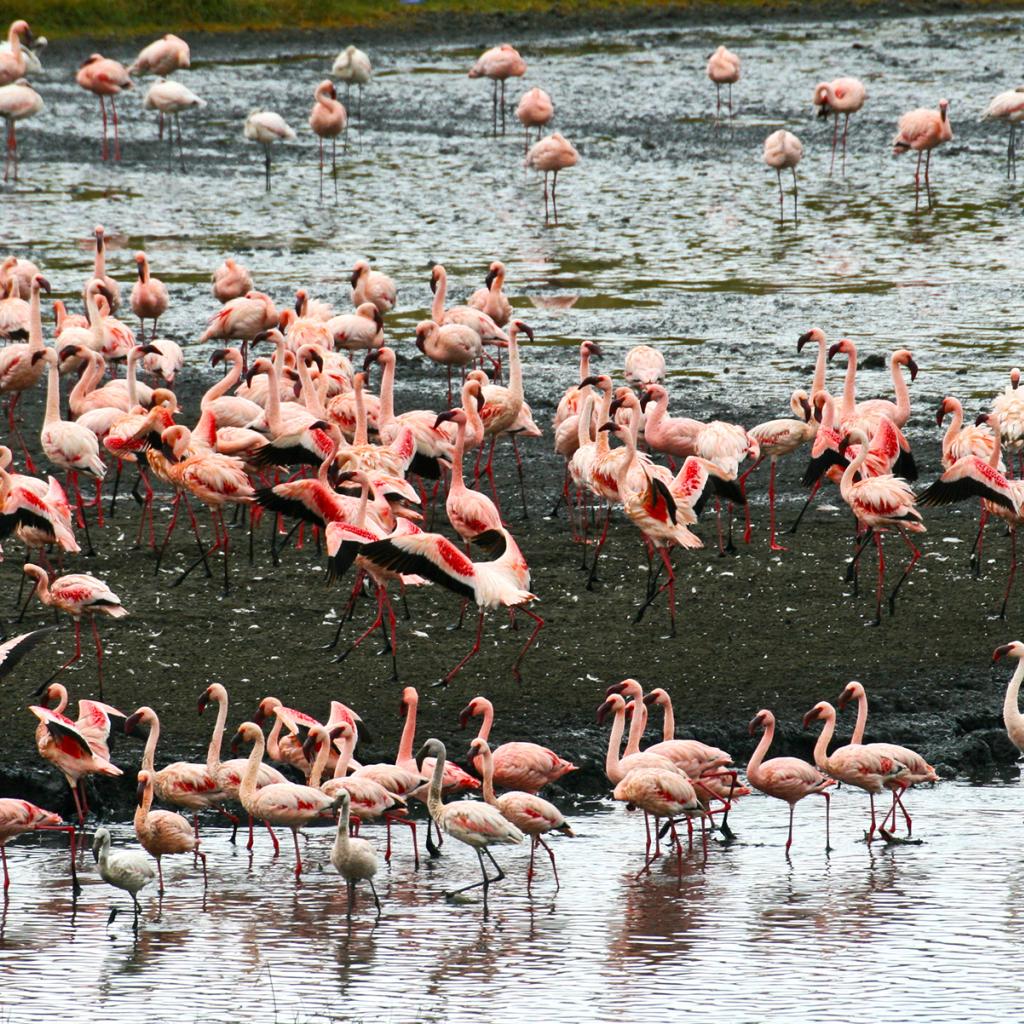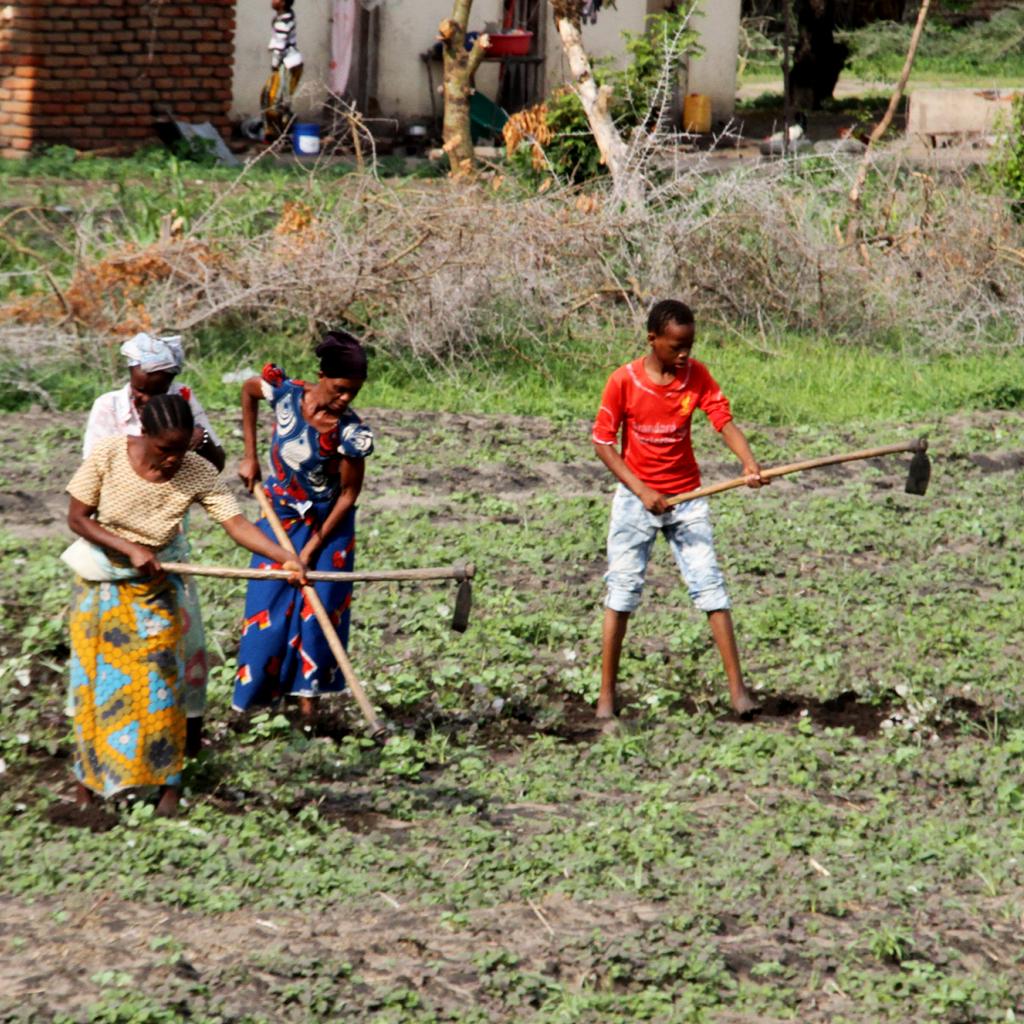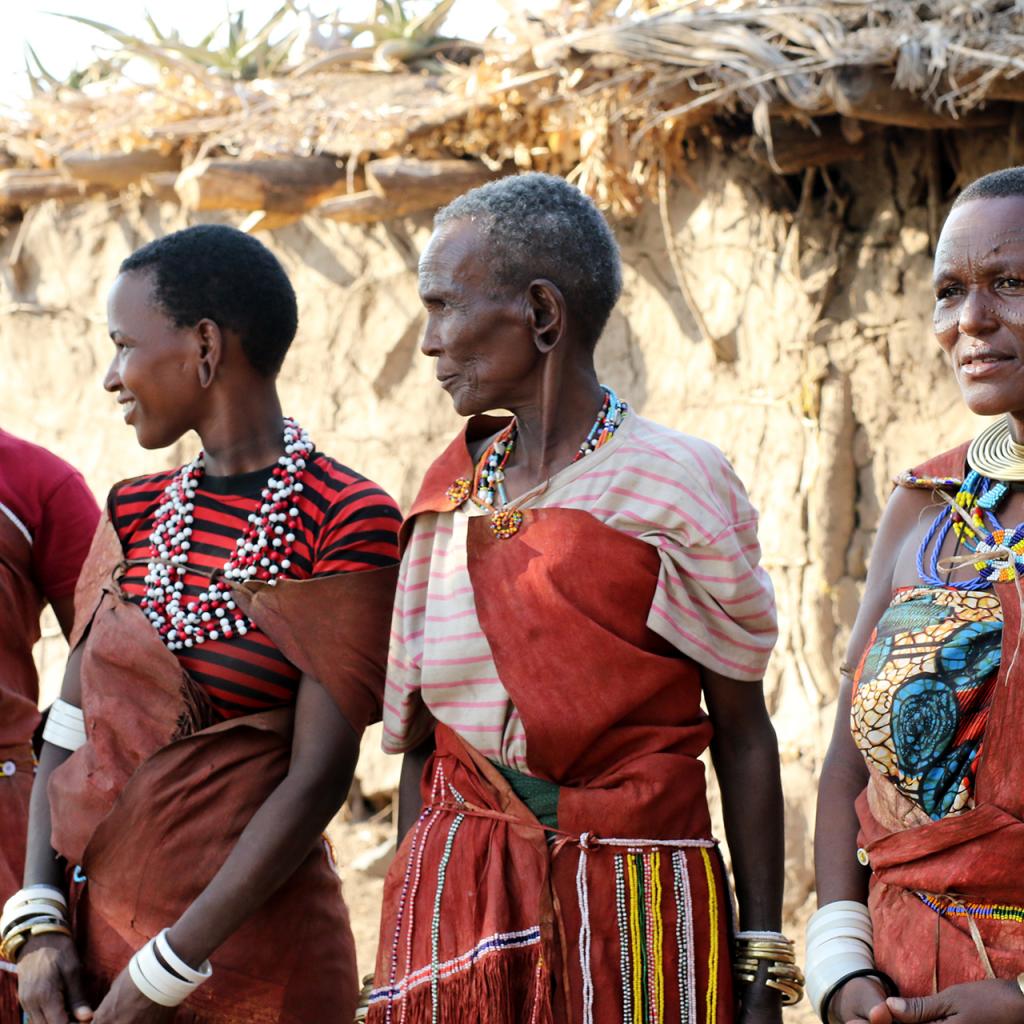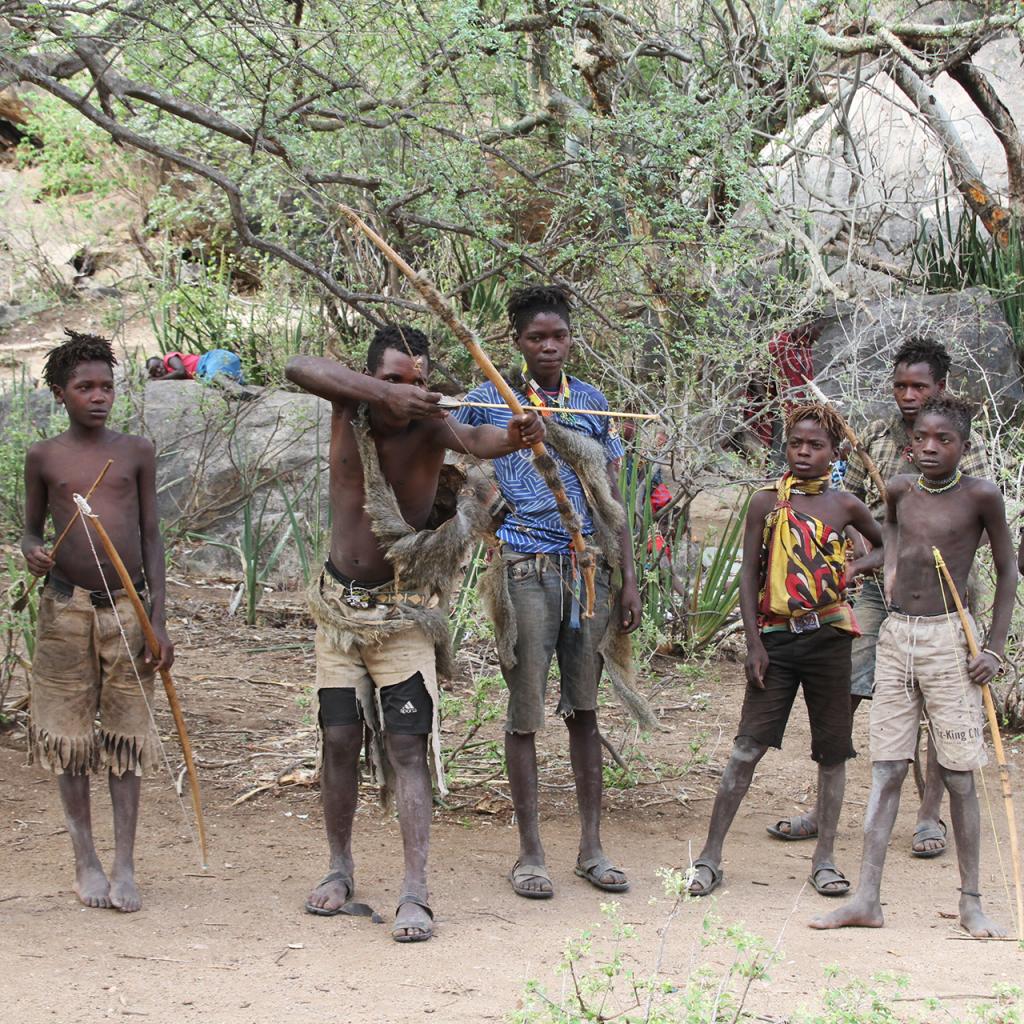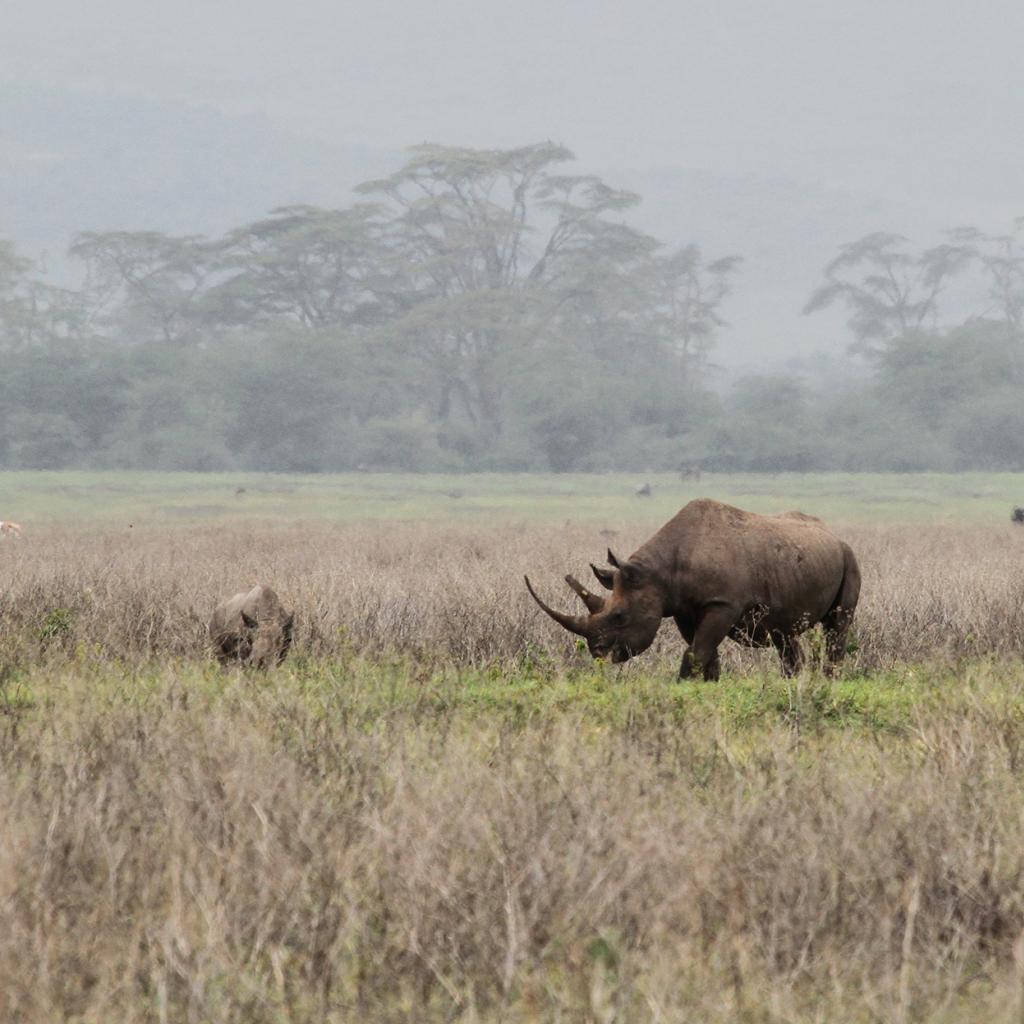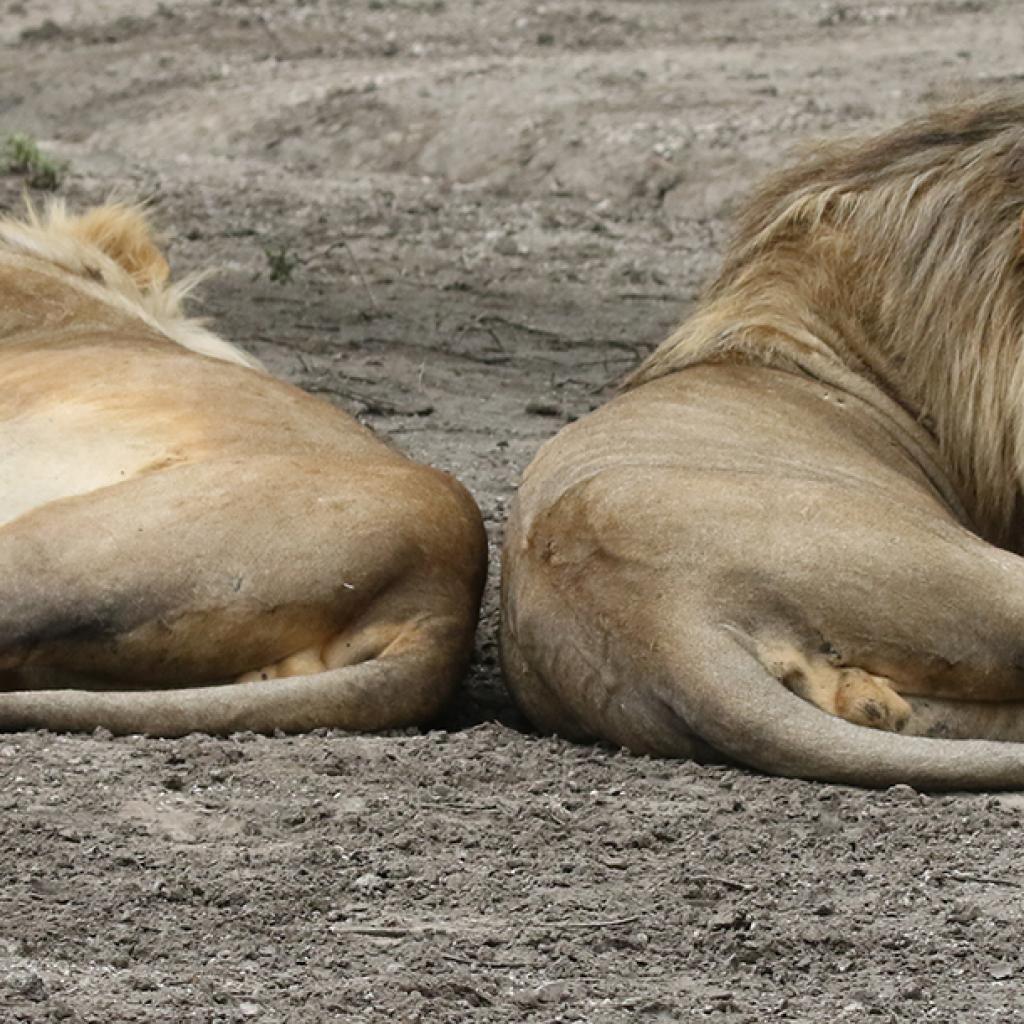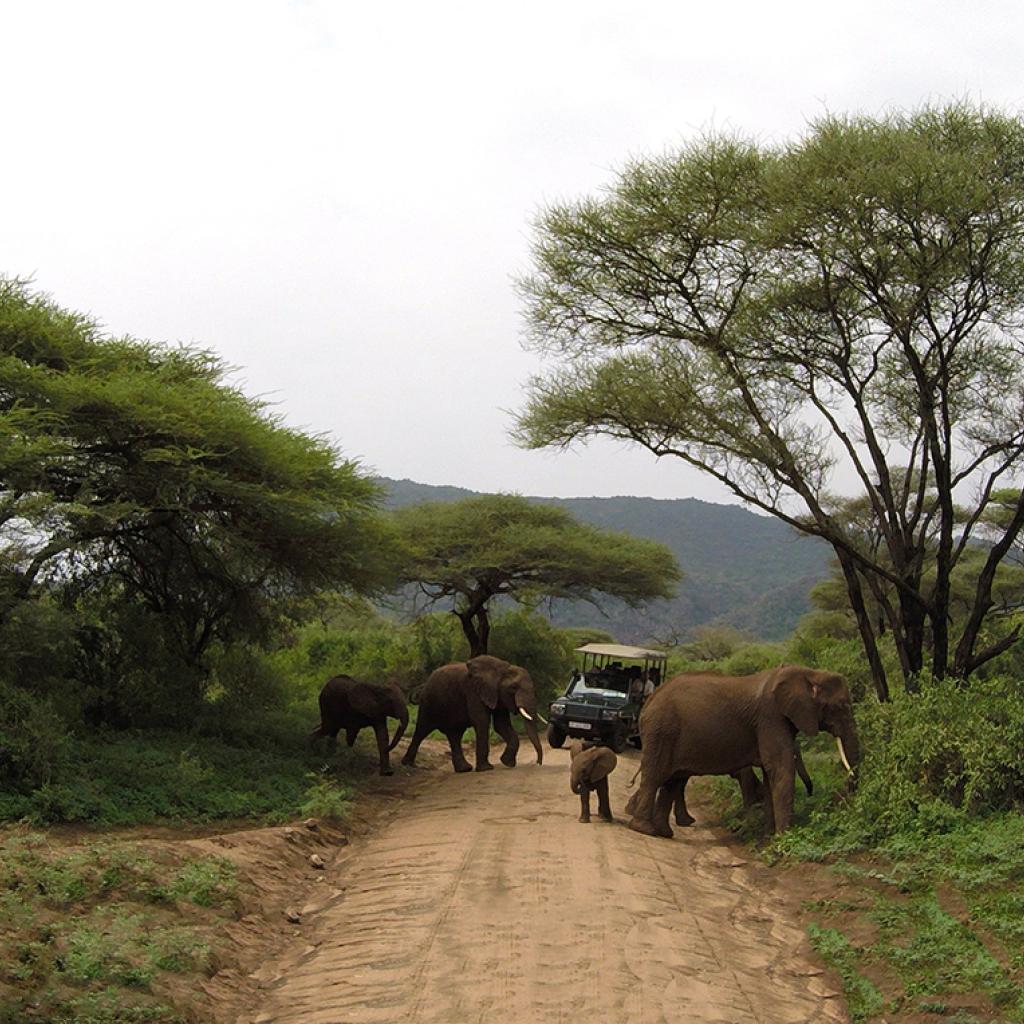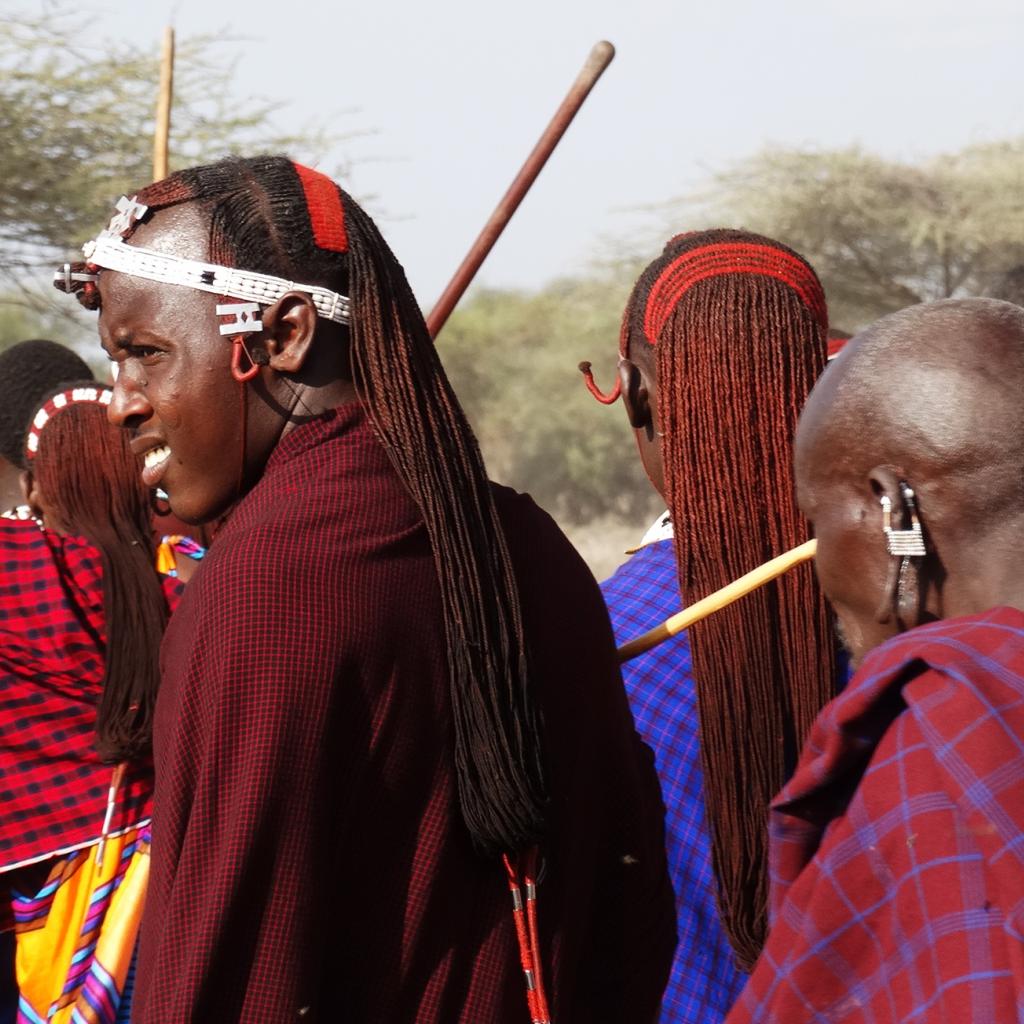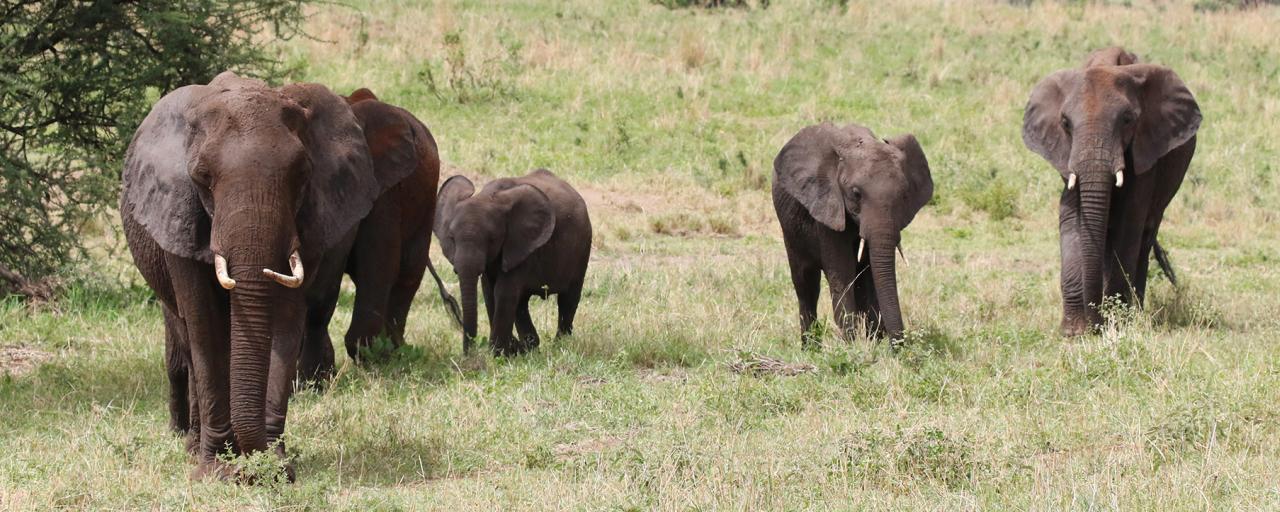
Tarangire National Park: elephants - Photo Credits: Romina Facchi
The Tarangire National Park
The Tarangire National Park is located in Northern Tanzania, and is a park that is often, and unjustly, disregarded by travelers.
It is easily reachable from Arusha in 2 or 3 hours and is located near the town of Mto Wa Mbu, that can be a good base to visit it.
The park covers an area of 2,600 sq. Km, but it is part of a much larger ecosystem, that includes the Tarangire Conservation Area, the Lake Manyara National Park, the Natron Lake, the Western part of Mount Kilimanjaro and the Masai Steppe .
The Tarangire river dominates the park; this river constitutes a permanent water reserve for wild animals of this ecosystem, especially during the dry season, in the months from June to October; the Tarangire National Park takes its name from this river, that crosses it from North to South.
Thanks to the presence of this permanent source of water, the park is home to a high concentration of animals throughout the year, especially in the dry season when they migrate here from the surrounding areas in search for water and food.
In addition to the extraordinary presence of animals, during a safari in the park you can admire the beautiful landscapes: the acacia woods, the forest that grows along the river, the savannah, the hills and the huge and centuries-old baobabs.
The Tarangire National Park is also known as the "park of the giants" thanks to the presence of baobabs, that can only be seen here in Tanzania, and a large number of elephants, that can be spotted along the river and in the surrounding forest .
We spent a whole day in the park, we left at dawn from our tented camp, right after breakfast, and we arrived in a short time at the entrance gate; nearby there is a gigantic millennial baobab.
Once we entered the gate we took a trail that led us to the West of the park, this is an area that has a very beautiful landscape, there is a very scenic and wooded valley, perfect for leopards.
Soon after, the landscape changes radically and we find ourselves in an open savannah area and, shortly after, we see majestic and marvelous baobabs; in this season their branches are full of leaves, they seem even bigger even if they lose a little charm compared to the dry season, when they are bare.
We are close to the course of the Tarangire river that, in the Mbugwe language, means "the river of the warthogs"; probably in the past, as now, on its shores were concentrated many animals, including warthogs.
Everywhere in the park we spot many elephants, grouped in small flocks, busy eating or on the banks of the river, it is nice to see that they have many puppies, this means that they are healthy; this represents a hope for this species, threatened by poaching and the difficult cohabitation with man.
We see them use the muddy water of the river to get wet, while, to drink, they dig holes in the dry riverbed to find clean water; they are too intelligent animals and each time they manage to amaze us.
We arrive to the most Southern part of the park, where is the marshy area known as Silale (Silale swamps); this area never gets completely dry, even during the dry season months, from June to October.
During our safari we also spot several lions, some are in the wooded part and one of them climbed on a branch in order to have a better view; others are instead posted along the Tarangire river, probably waiting for the opportunity to hunt, perhaps with the help of darkness.
Along the river, in addition to the herds of elephants, we also see several buffaloes, many zebras and some water antelopes; everyone seems to not care much about the lions, we wonder if they have seen them.
We admire the scene first from the top, from the terrace of the picnic area of Matete, then we descend on the river to change perspective and to see the lions more closely.
In the acacia wood, on the other hand, we see many giraffes, and it is impressive how, despite their height, they manage to hide among the plants; on an abandoned termite, instead we can see a colony of mongooses.
In the park we have also seen many birds such as the starlings, the francolins, the love birds, the storks, the coucals, the chanting goshawks, the bateleurs, the coursers, the bustards, the buffalo weavers, the go-away birds just to name a few.
We spent a pleasant day of safari in the Tarangire National Park, that once again proves to be one of our favorites, both in the dry season and in the green season.
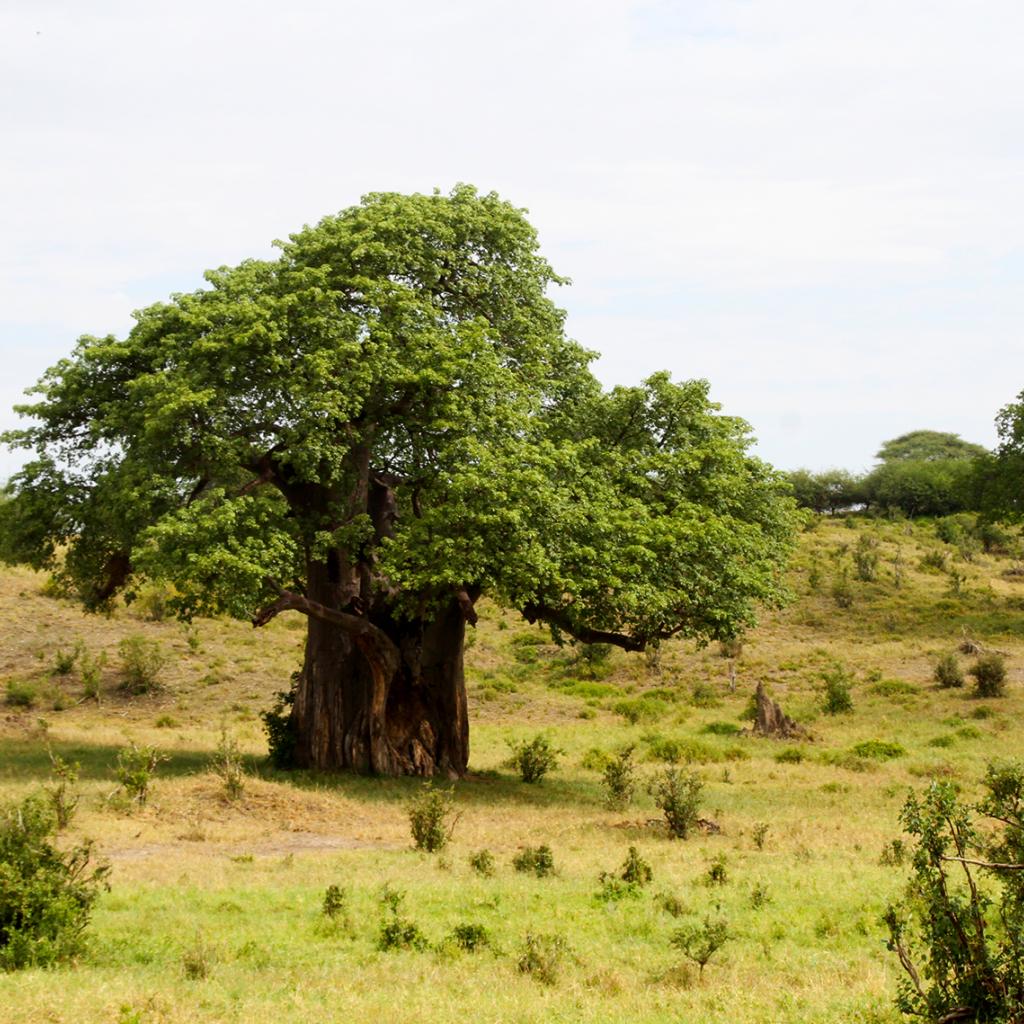
Tarangire National Park - Photo Credits: Romina Facchi


